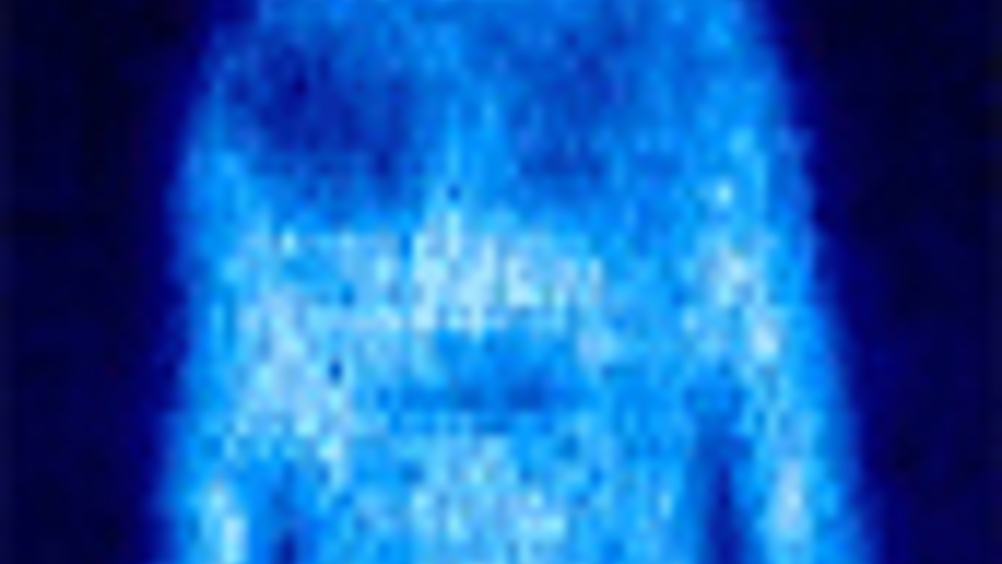Terahertz on a wire
Researchers in the UK and Europe claim to have found a way to control the flow of terahertz radiation down a metal wire.

Researchers from Spain and the
claim to have found a way to control the flow of terahertz radiation down a metal wire. Their findings are set out in a letter published in the current journal
.
Terahertz radiation, whose frequency is around one thousand billion cycles a second, bridges the gap between the microwave and infrared parts of the electromagnetic spectrum.
Materials interact with radiation at T-ray frequencies in different ways than with radiation in other parts of the spectrum, making T-rays potentially important in detecting and analysing chemicals by examining how they absorb T-rays fired at them.
This would allow quality control of prescribed drugs and detection of explosives to be carried out more easily, as many complex molecules have distinctive “signatures” in this part of the electromagnetic spectrum.
T-ray applications are presently limited by the relatively poor ability to focus the rays, which is achieved using the conventional means of lenses and mirrors to focus the radiation. This limits the spot size of focused T-rays to a substantial fraction of a millimetre and this has made studies of small objects such as biological cells with high resolution are virtually impossible.
Register now to continue reading
Thanks for visiting The Engineer. You’ve now reached your monthly limit of news stories. Register for free to unlock unlimited access to all of our news coverage, as well as premium content including opinion, in-depth features and special reports.
Benefits of registering
-
In-depth insights and coverage of key emerging trends
-
Unrestricted access to special reports throughout the year
-
Daily technology news delivered straight to your inbox










National Gas receives funding to develop Gravitricity underground hydrogen storage system
One single rock salt mine - Winsford - has 23 <i>MILLION </i>cubic metres of void and even allowing for 10% of that void set aside for hazardous waste...